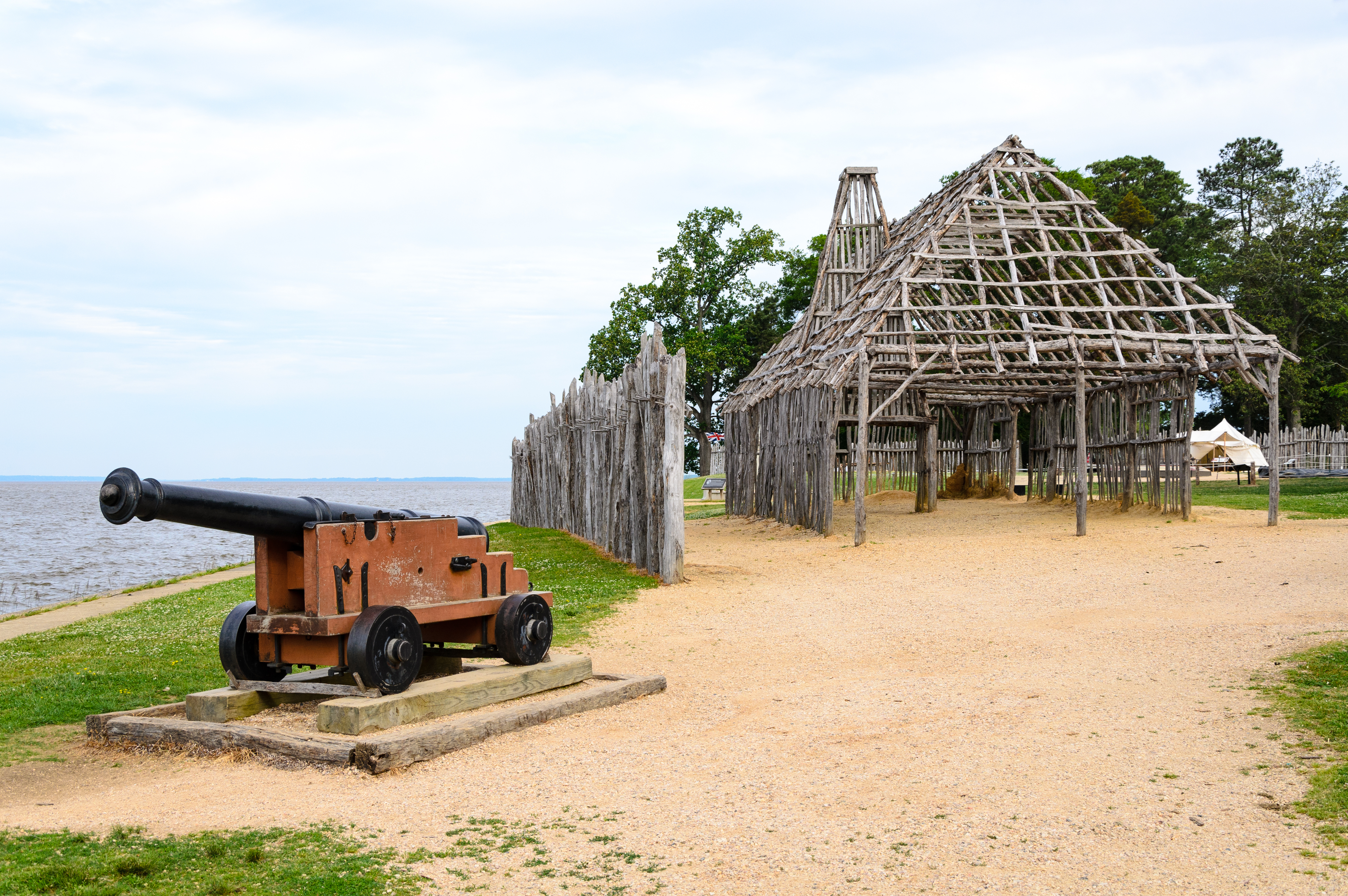Jamestown Residents Ate Indigenous Dogs During ‘Starving Time’ of 1607
Posted on Categories Discover Magazine

Jamestown residents likely turned to Indigenous dogs as a food source several times during the first 10 years of their Virginia colonization, according to a new study in American Antiquity. They also examined how Indigenous dogs disappeared over the next 400 years.
“The consumption of dogs suggests that Jamestown residents faced multiple periods of severe famine during the site’s early occupation, as well as later periods,” the paper said. “While the consumption of dog flesh in modern Western societies is considered taboo, there is a long history of eating dogs during periods of stress in England and other parts of Europe.” There is also evidence that the colony suffered from drought.
Severe Famine
Researchers determined that, based on archeological evidence indicating butchering, Jamestown residents ate dogs during the first few years of settlement, during the ‘Starving Time’ of the winter of 1607, and in the period following that from 1610 to 1617.
By analyzing DNA from Jamestown archeological dog specimens that dated from 1609 to 1617, they found that at least six of the dogs analyzed showed unambiguous evidence of Native American ancestry, according to the paper.
These dogs shared genetic similarities with Hopewellian, Mississippian, and Late Woodland period dogs from eastern North America.
Read More: The Origins of Dogs: When Were Dogs Domesticated?
European Dog Lineages
Genetic evidence runs counter to a theory about colonial-era canines: that dogs with predominantly European ancestry didn’t breed with Indigenous animals.
“A high proportion of Indigenous dog ancestry suggests a more complex engagement between the British and Powhatan peoples at Jamestown and less emphasis on maintaining the separation between dogs and their association with settlers,” lead researcher Ariane E. Thomas, a Ph.D. candidate at the University of Iowa, said in a press release.
The study also states that multiple genetic analysis show “near-complete replacement” of maternal Indigenous dog ancestry by European dog lineages since the Jamestown colonization. Essentially, European dogs eventually outbred the Indigenous species.
“Like other archaeological research that ignores the multifaceted nature of Indigenous presence and persistence within the ongoing context of colonialism, the loss of Indigenous dogs is an under-explored issue of colonial impacts in the Americas,” the study says.
Read More: Dog Domestication: Is A New Study Barking Up The Wrong Tree?
Article Sources
Our writers at Discovermagazine.com use peer-reviewed studies and high-quality sources for our articles, and our editors review for scientific accuracy and editorial standards. Review the sources used below for this article:
Before joining Discover Magazine, Paul Smaglik spent over 20 years as a science journalist, specializing in U.S. life science policy and global scientific career issues. He began his career in newspapers, but switched to scientific magazines. His work has appeared in publications including Science News, Science, Nature, and Scientific American.